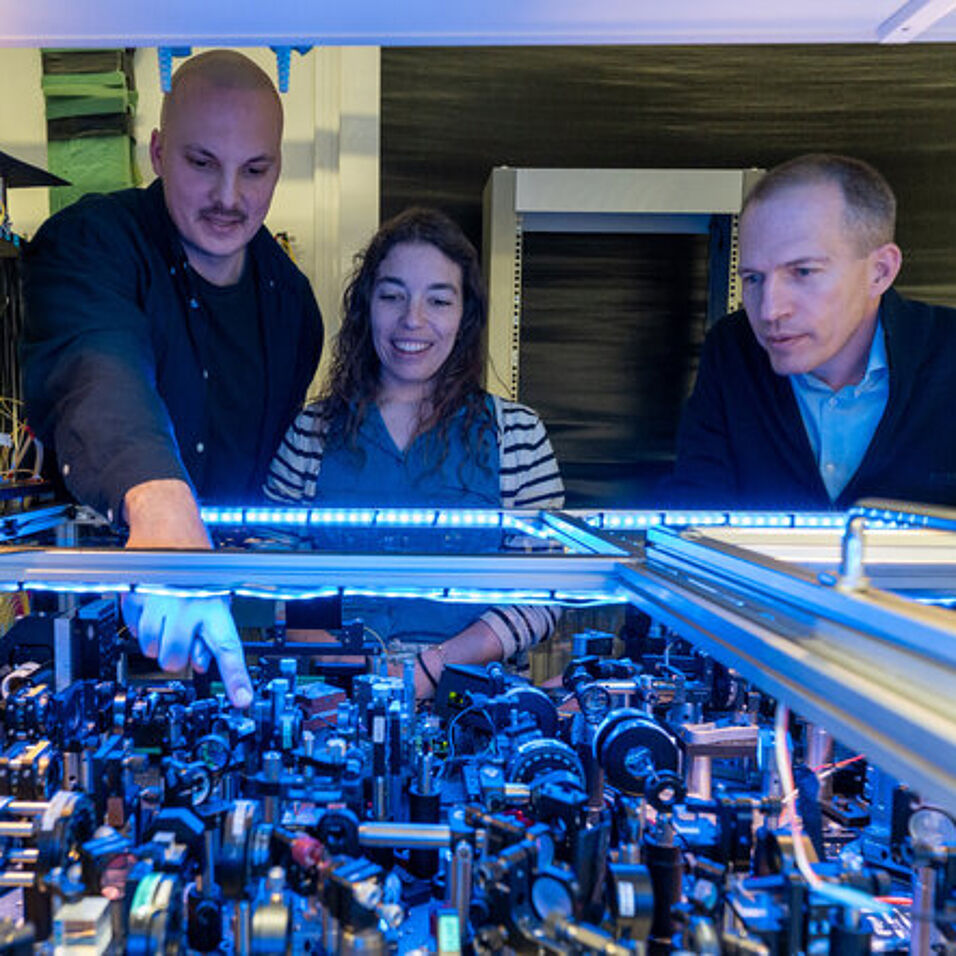In the evening, somewhere in a small German town, Peter Schiansky and Simon Steiner have a deadline breathing down their necks. They urgently need to produce a component with a 3D printer by the next day. They did bring the printer with them from Vienna, only to leave the power cable—an ordinary household cable—behind at home. Necessity, however, proves yet again to be the mother of invention. The two young quantum researchers rushed to scour a nearby Lidl supermarket just before closing time, discreetly prying open the packaging of microwaves and other appliances. At the end, they bought a toaster—an unassuming hero that ultimately helped produce what will be the first quantum computer in space.
At the beginning of 2025, a 12-person research team from the University of Vienna spent a total of four weeks in a special "clean room" at the DLR Responsive Space Cluster Competence Center in Trauen (Germany). Virtually cut off from the outside world, the young quantum researchers have only one goal in mind: to build the world's first functioning mini quantum computer at record speed, so that it can be launched into space in June 2025 to deliver Earth observation data.
"The working atmosphere was extremely tense —we only had eleven working days to build the flight model from scratch," recall ....
Read the full article at Rudolphina

